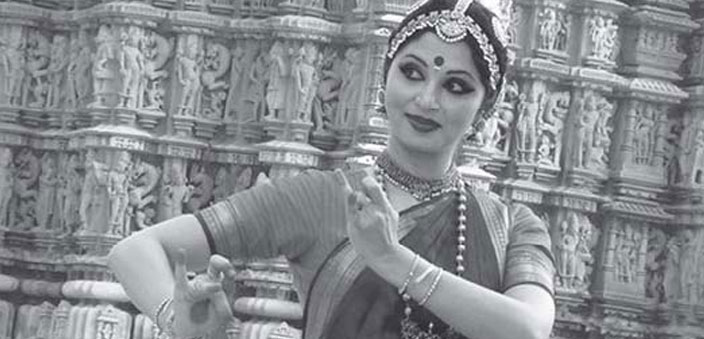ON a February morning in 1838 Captain T. Burt of the Bengal Engineers rediscovered a huge complex of 85 temples at Khajuraho in Chhatrapur district, Madhya Pradesh. Today there are just 22 of the sandstone temples left including the largest, the Kandariya Mahadev temple. The Khajuraho temples are renowned for their erotic sculptures. They were built by the Rajput Chandela kings between the 10th and 11th centuries A.D. The tall spires resemble the Himalayan mountain peaks associated with Shiva, the main deity.
Some archaeologists and art historians believe the ornate carvings depict Shiva’s marriage to Parvati. The gods Brahma and Vishnu accompany Shiva who is dressed as a bridegroom with jewels in his coiled hair. The sculptures show common people engaged in various personal activities when they are suddenly drawn to the procession passing in the street. One woman fastens the girdle at her waist, while another applies kohl to her eyes. Yet another damsel is seen applying vermillion to her feet. The carvings are a celebration of a celestial wedding, as well as a celebration of love and life. Khajuraho was declared a World Heritage Site in 1986.
Khajuraho Dance Festival
Each year in February, the famous Chitragupta Temple (dedicated to the Sun God) and Vishwanatha Temple (dedicated to Lord Shiva) at Khajuraho host a week-long celebration of Indian classical dances. The festival, which began in 1975, has gained international repute as tourists flock to watch live performances of renowned classical dancers from India and abroad.

